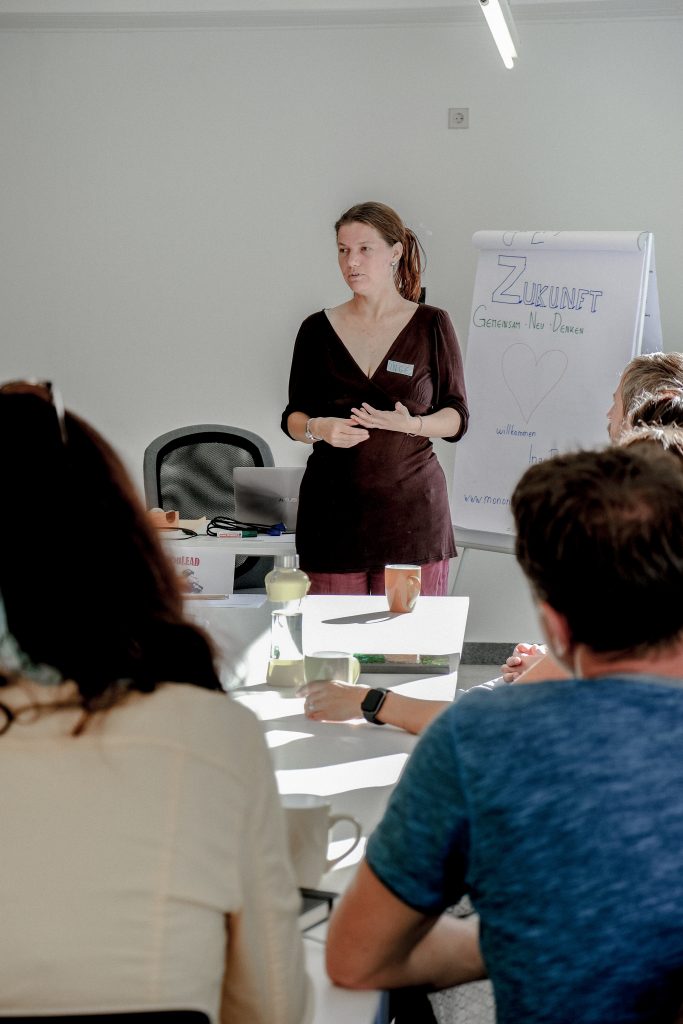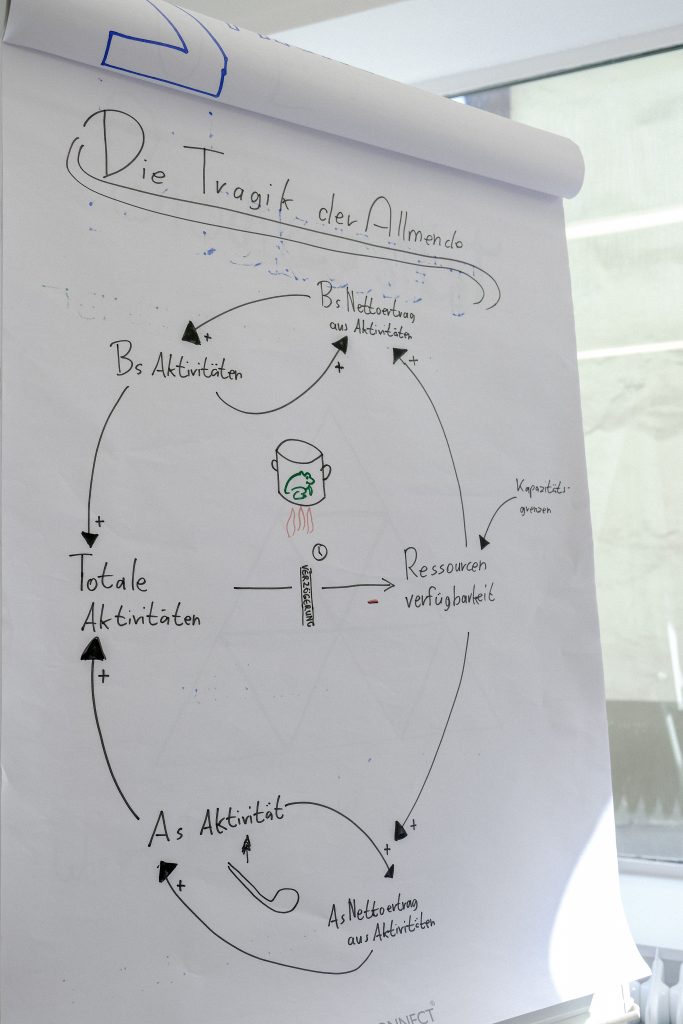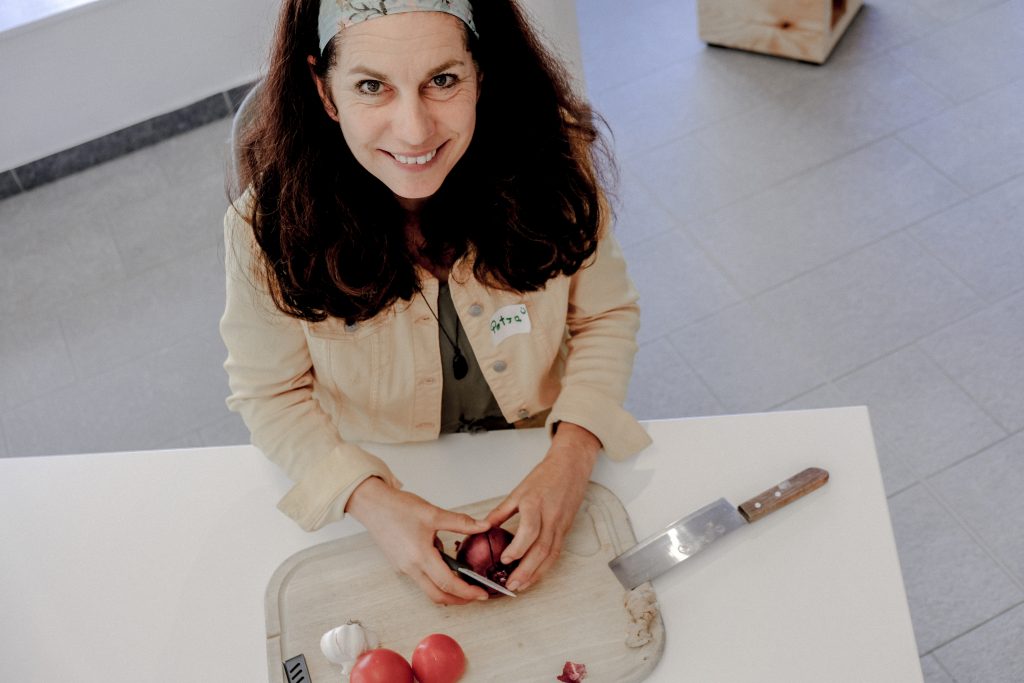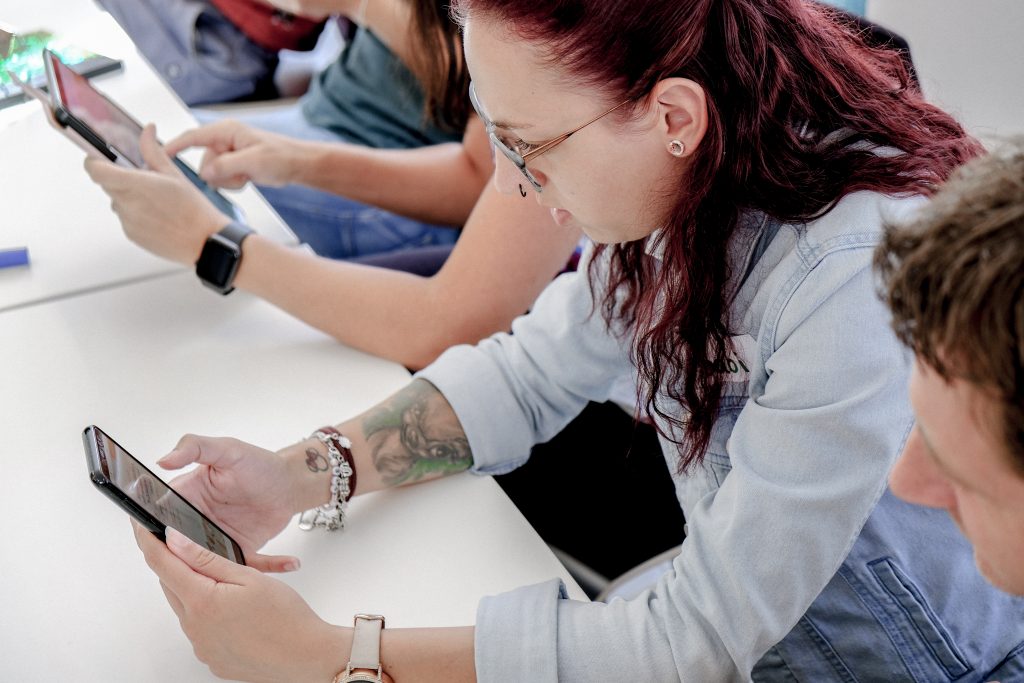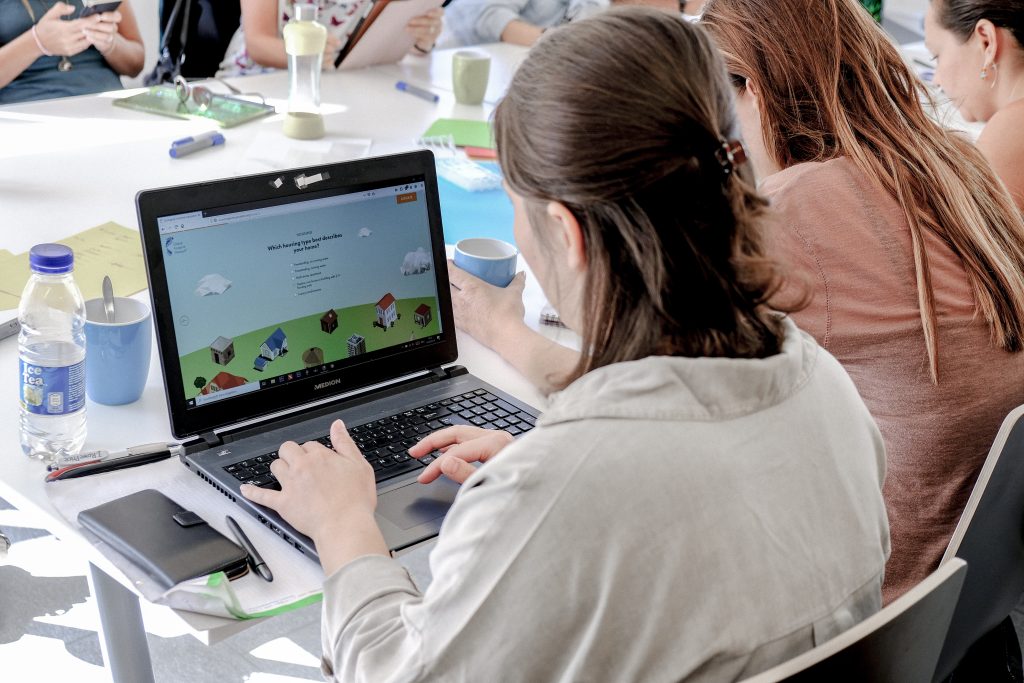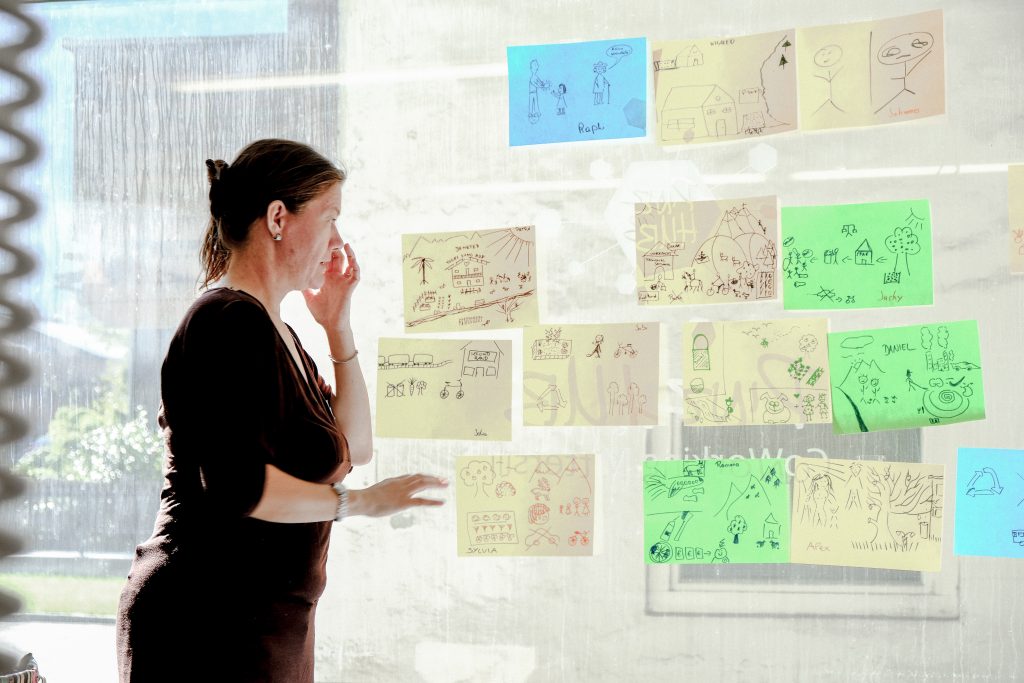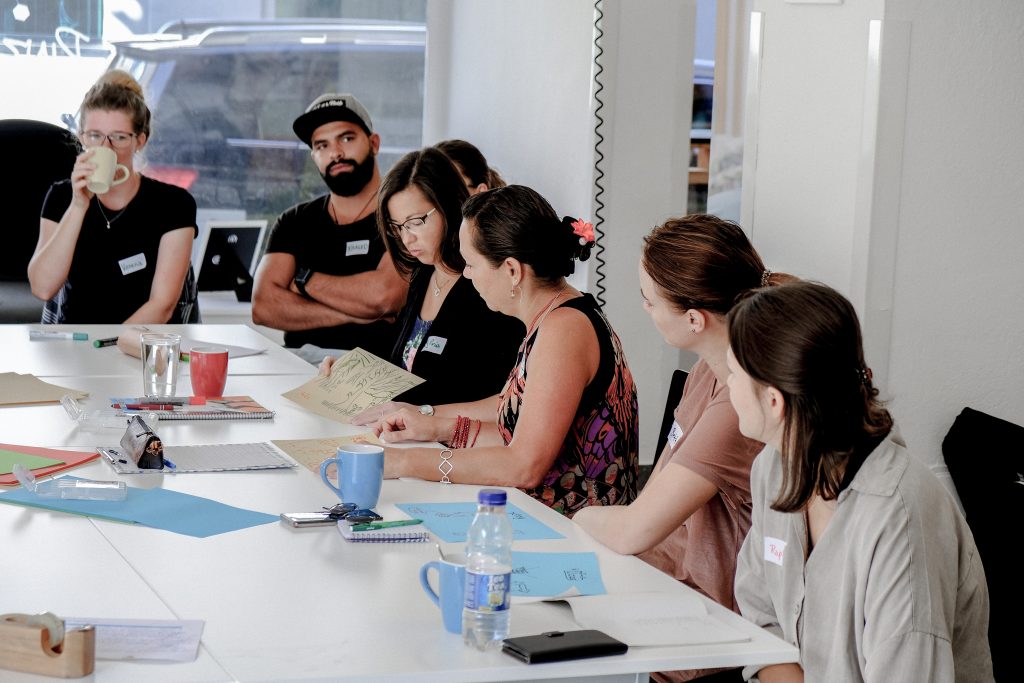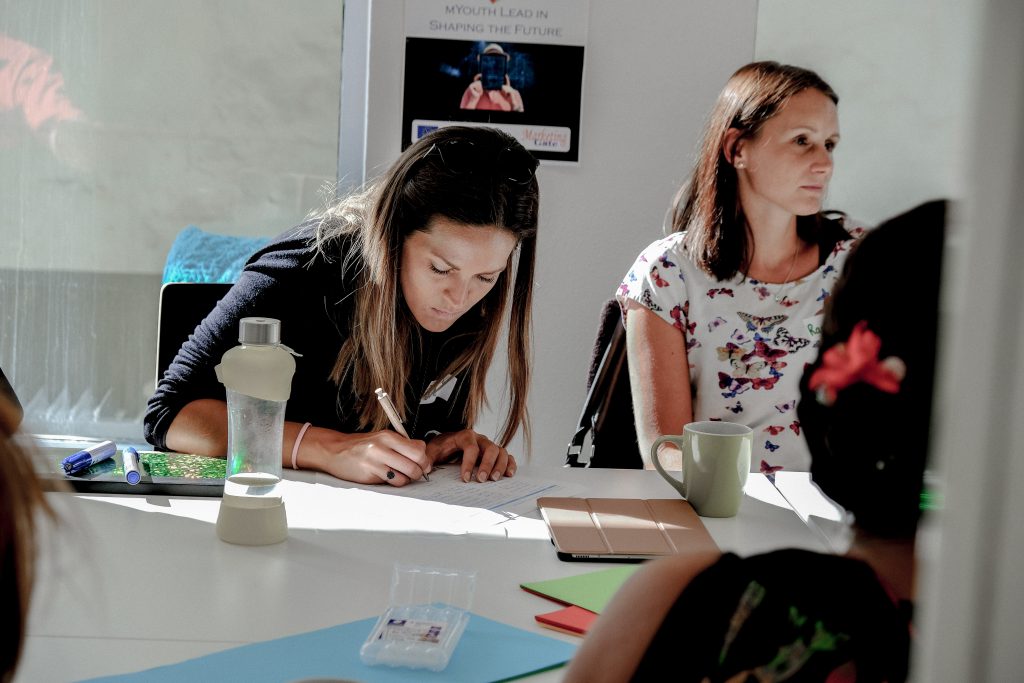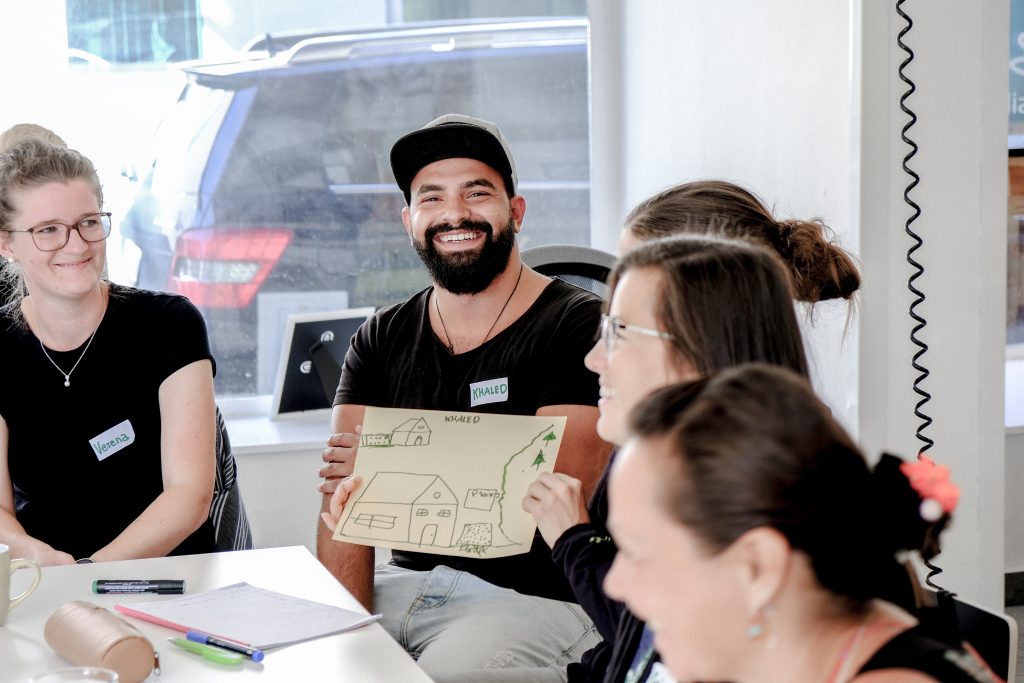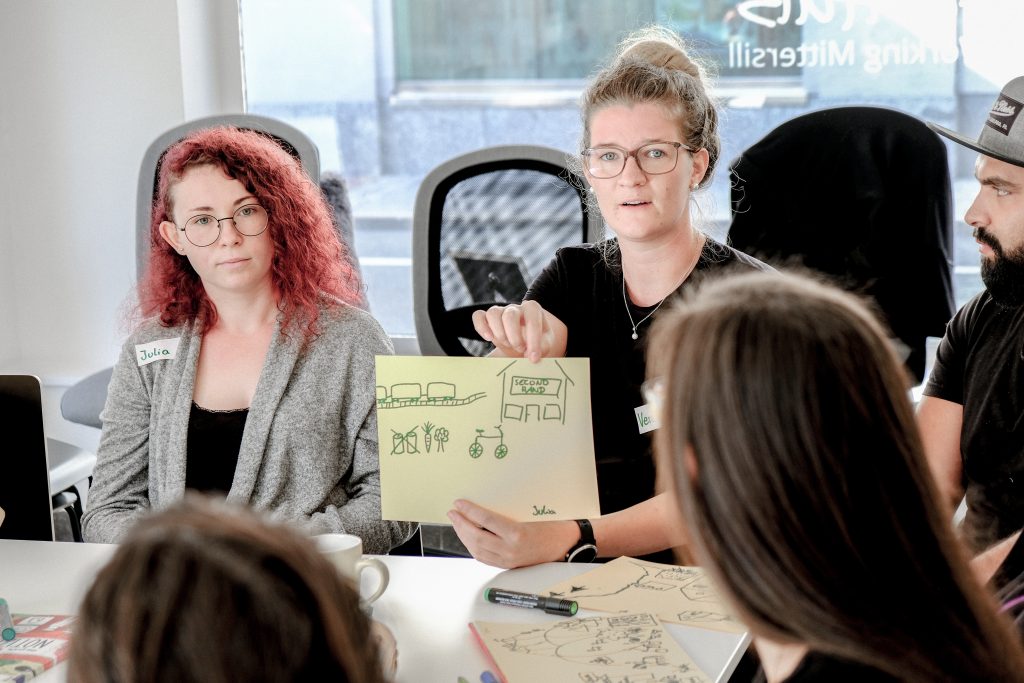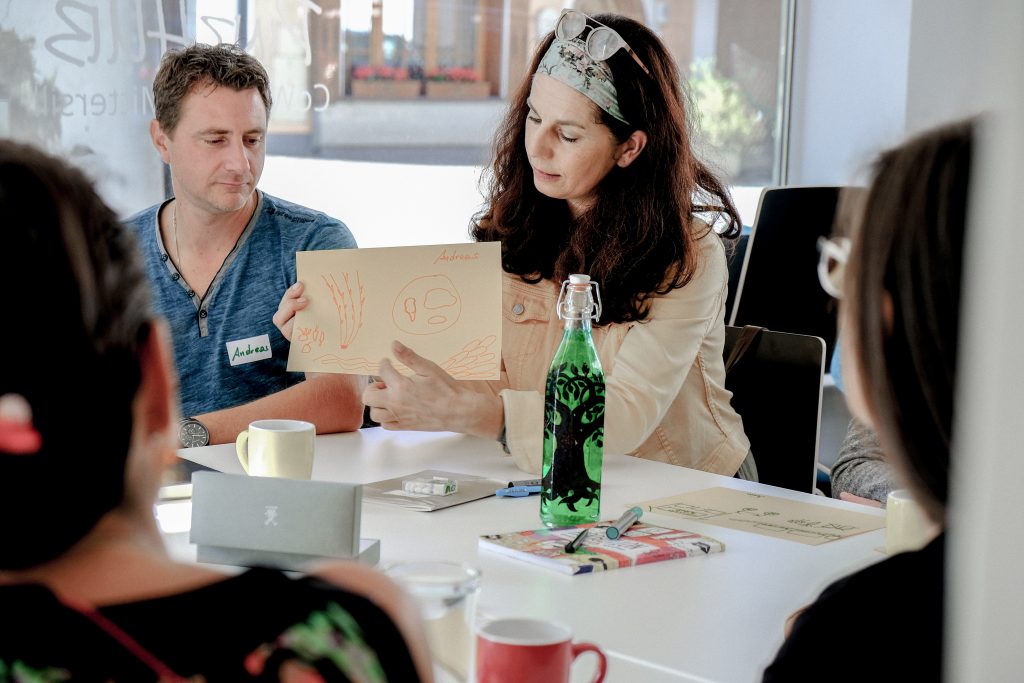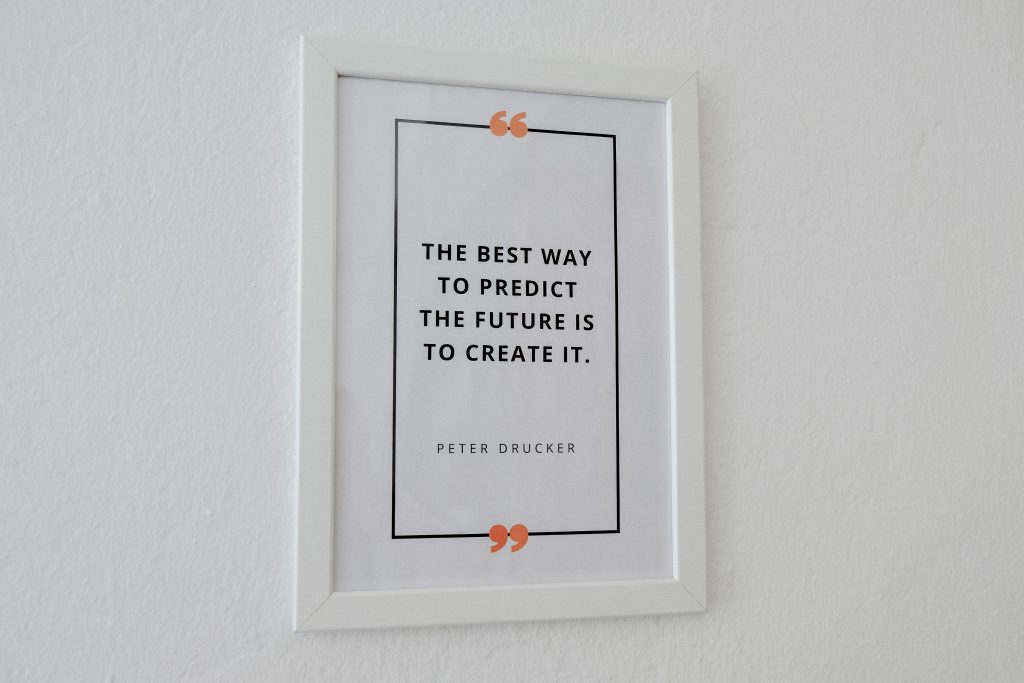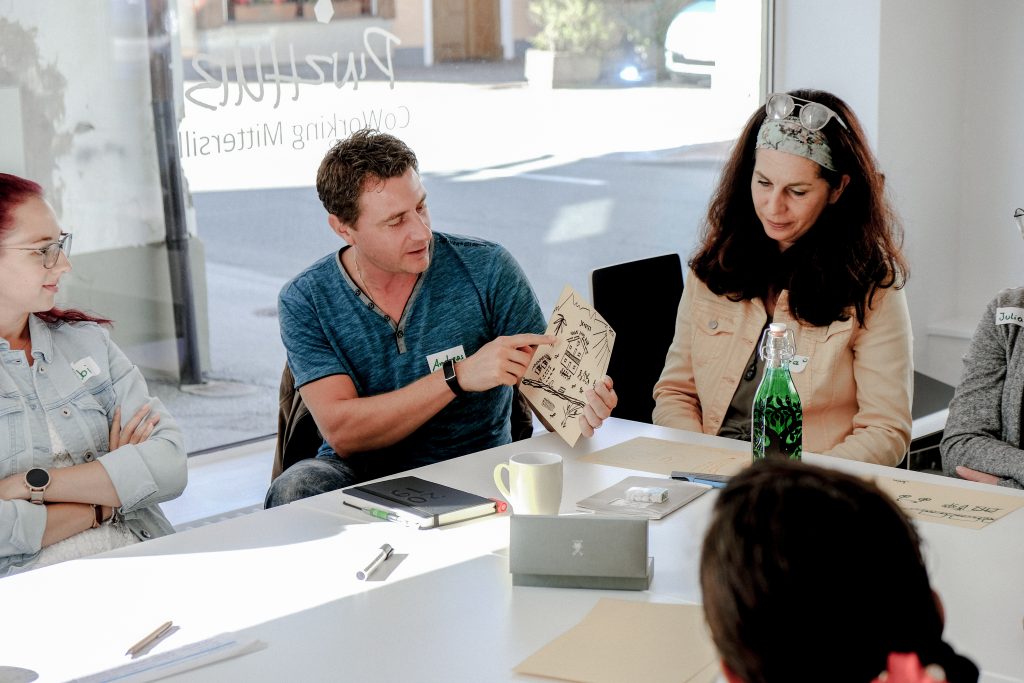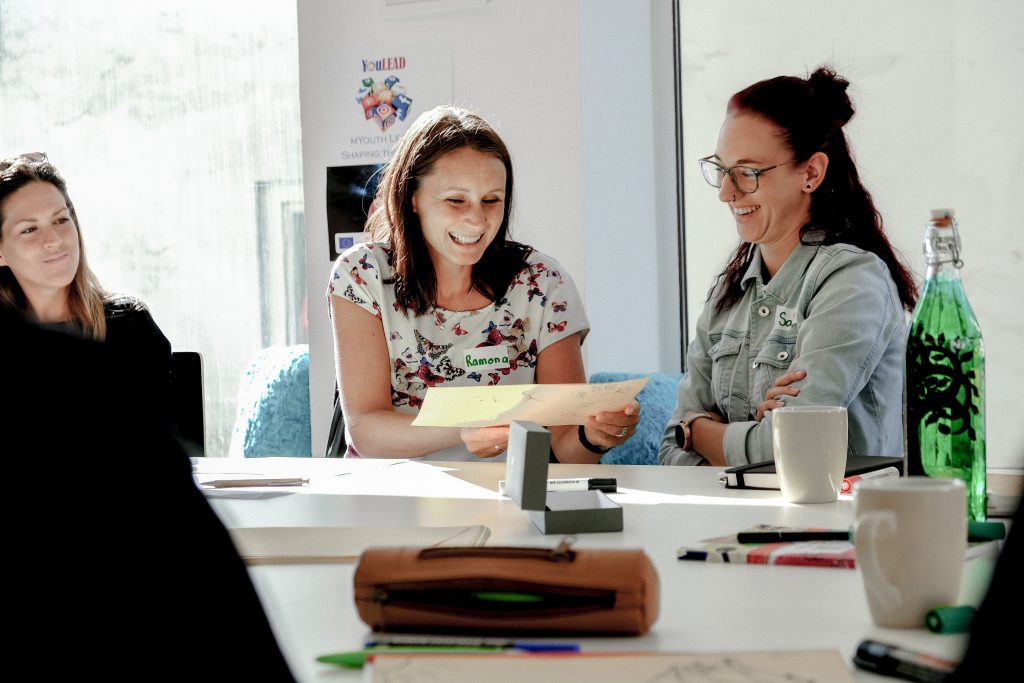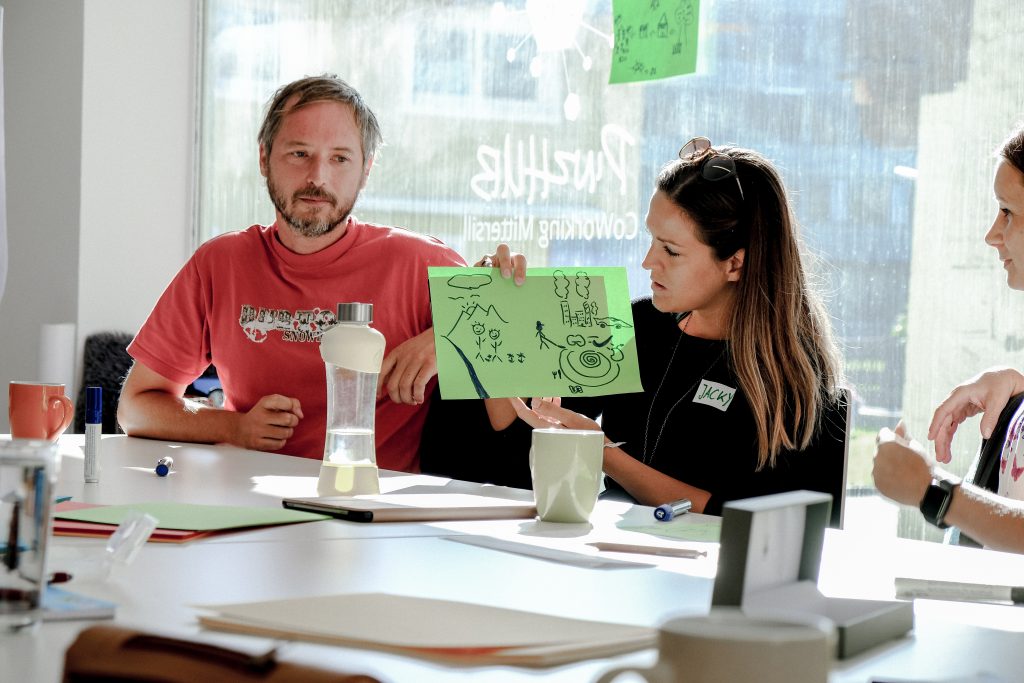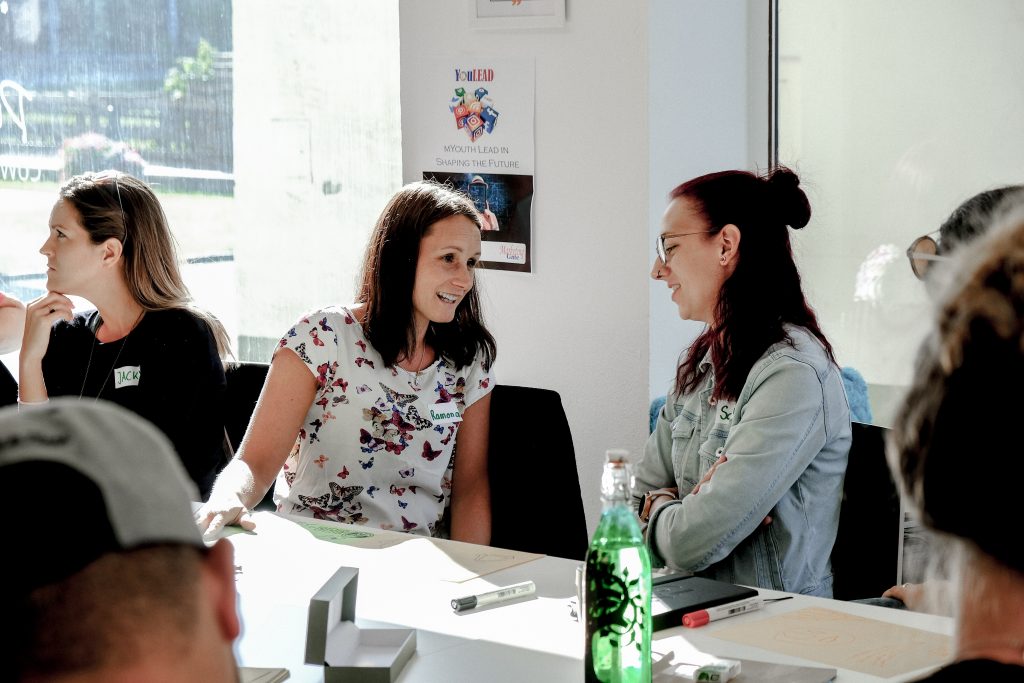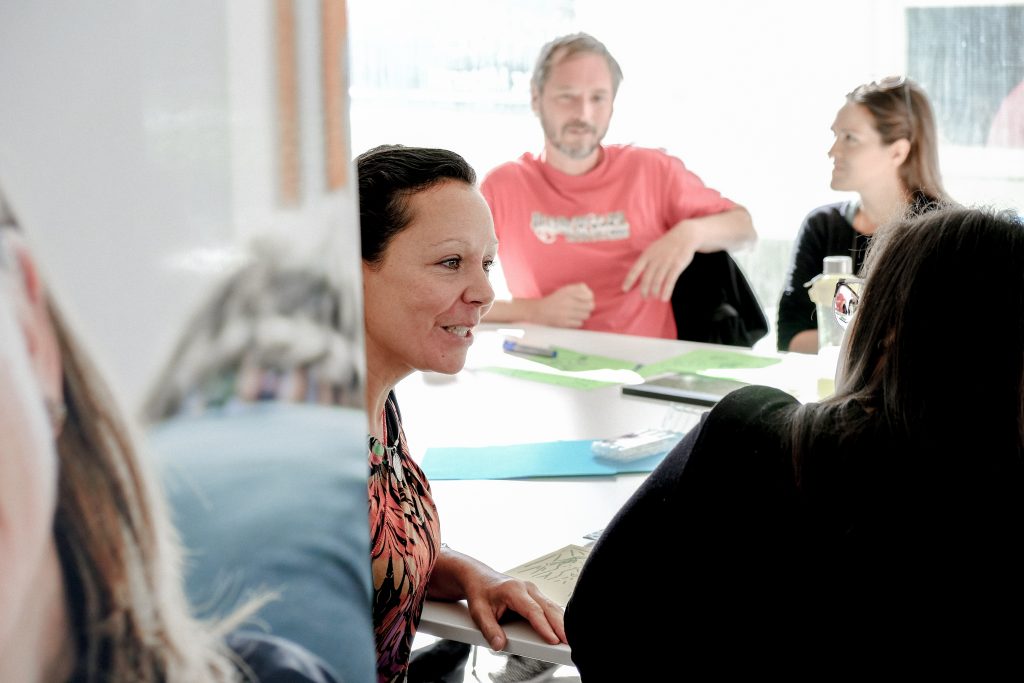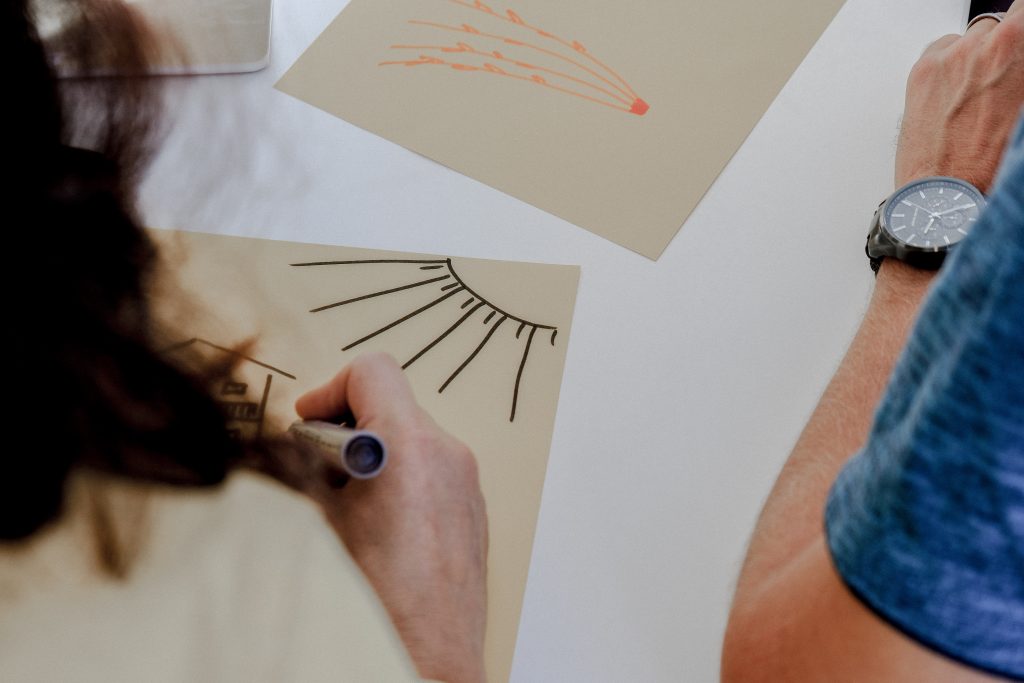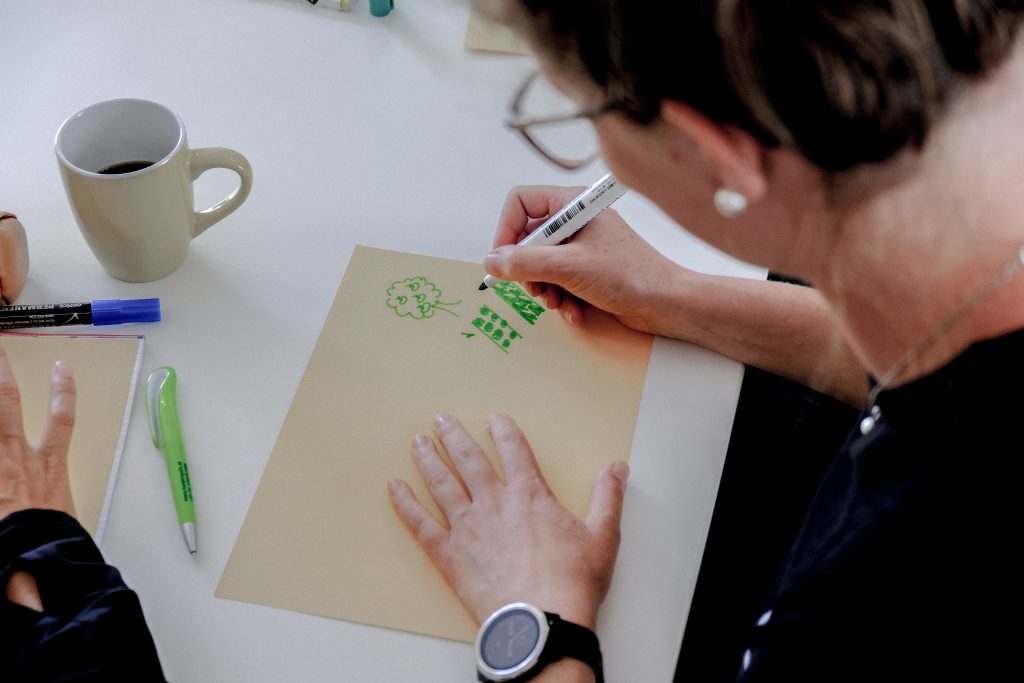Due to some legal changes, Monon was not able anymore, to be the official partner of the YouMAKE program. Yet, Grenzenlos and Monon made a partnership-agreement and Monon was able to implement two workshops in the context of this project. Below you find the report of the first one held in Bramberg in February 2022.
YouMake goes Bramberg
Being part of the project „YouMake“ has many advantages – one of them is getting the chance to organise a workshop with people outside the project. We decided to split our workshop into two parts. The first would take place in Bramberg, a town in beautiful Pinzgau, and the second one in the city of Salzburg.
Aim of the Workshop
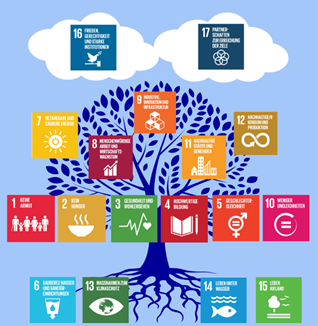
For this workshop, we wanted to focus on some special SDGs and do some practical work regarding this choosing. Because waste production and the single use of materials is a massive problem nowadays, we came up with the idea to create something during this workshop which helps us solve these problems. At this moment, the idea of „keepthebottle“ was born. Andrea, one of three women of the organising team, has professional felting skills, which was really helpful for our project. Felting products consist of purely natural materials. The main things you need are wool, water and soap. If you take care where you buy the products, none of the materials strains our environment. Moreover, felting products are durable goods, which means you profit a long time of it and don’t need something new after a short period of time. Therefore, we wanted to give all of our participants the chance to create their own felting product, and what could be better than a cover for a bottle? We definitely have to reduce our consumption of plastic and if somebody owns a glass bottle with a nice overlay, he or she would never buy a plastic bottle again for a long period of time.
The SDGs which were mainly focused in this project were:
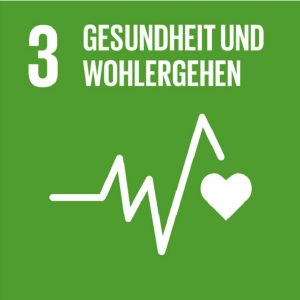
Because we don’t want to ingest microplastic any more …
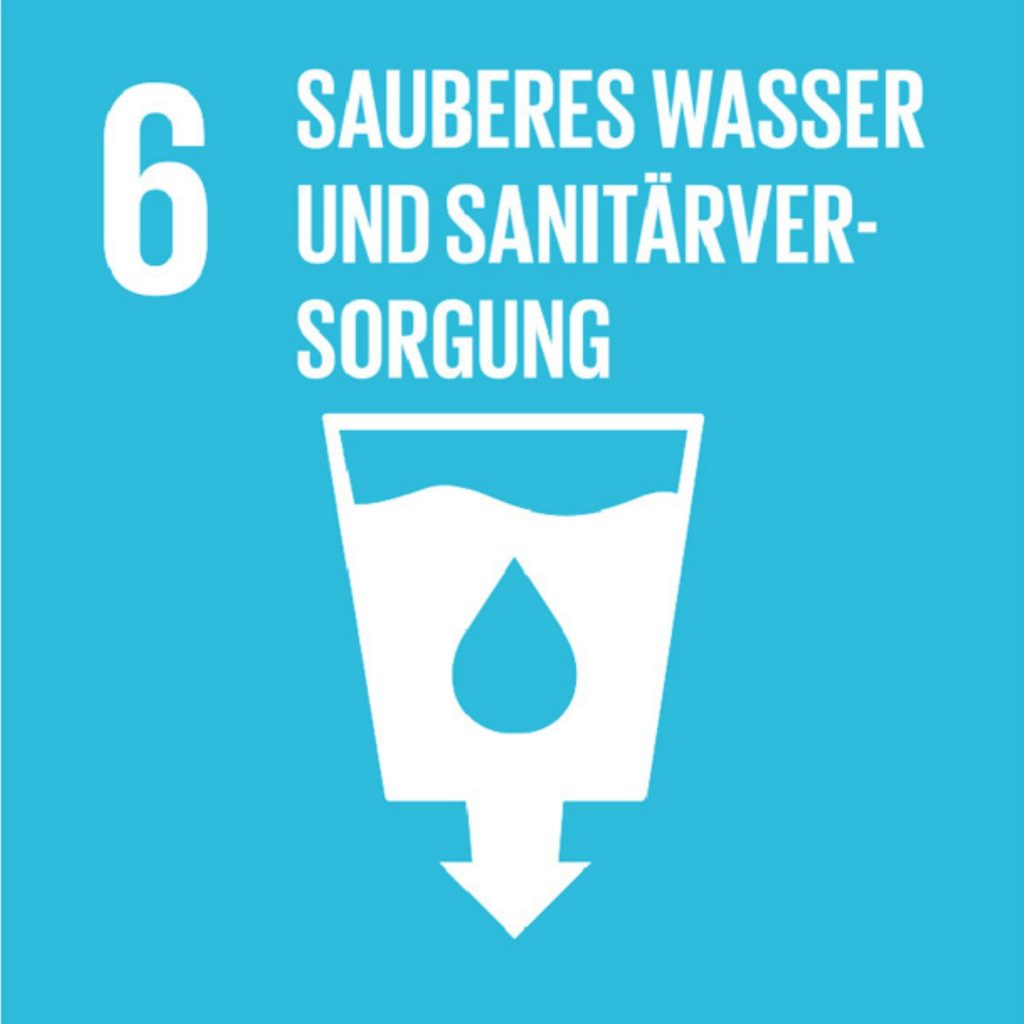
Because we don’t need to buy plastic bottles any more …
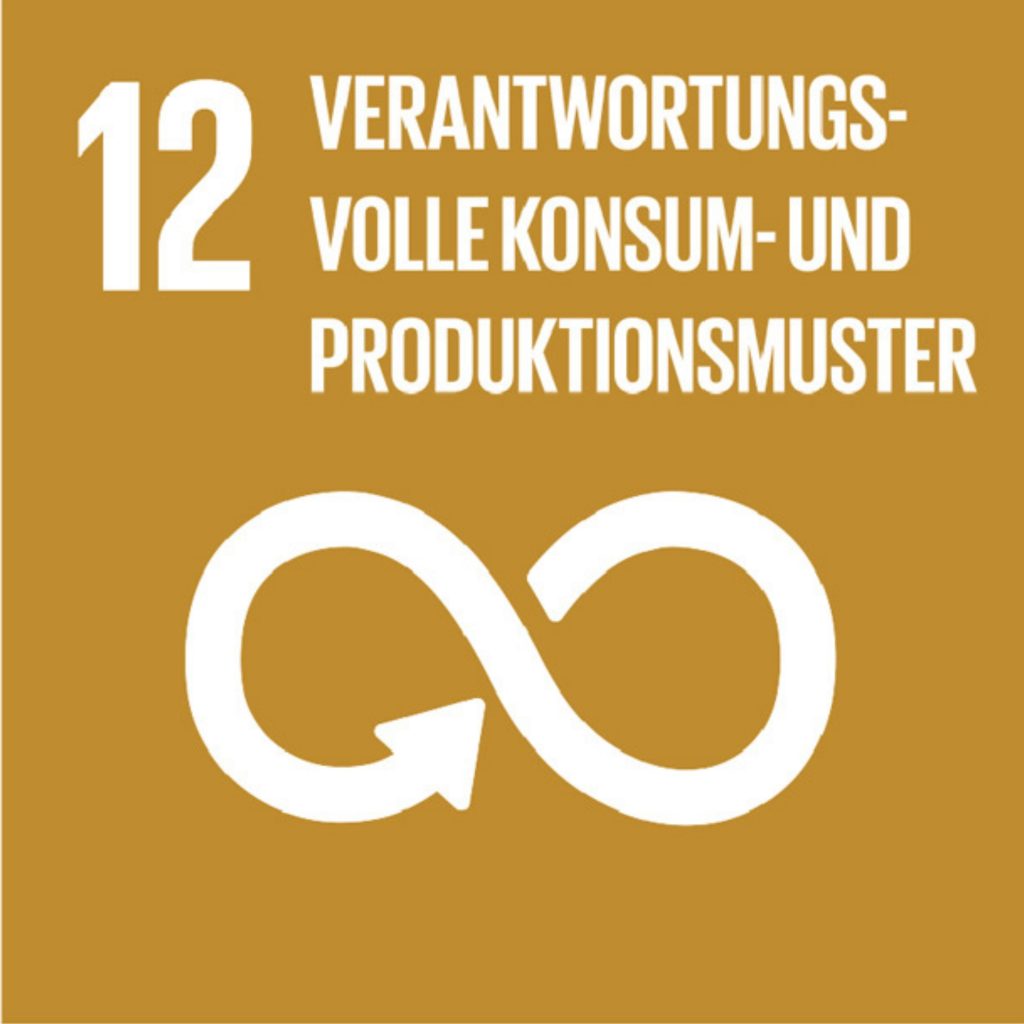
Because if we consume less plastic, there is less plastic waste which pollutes the oceans …
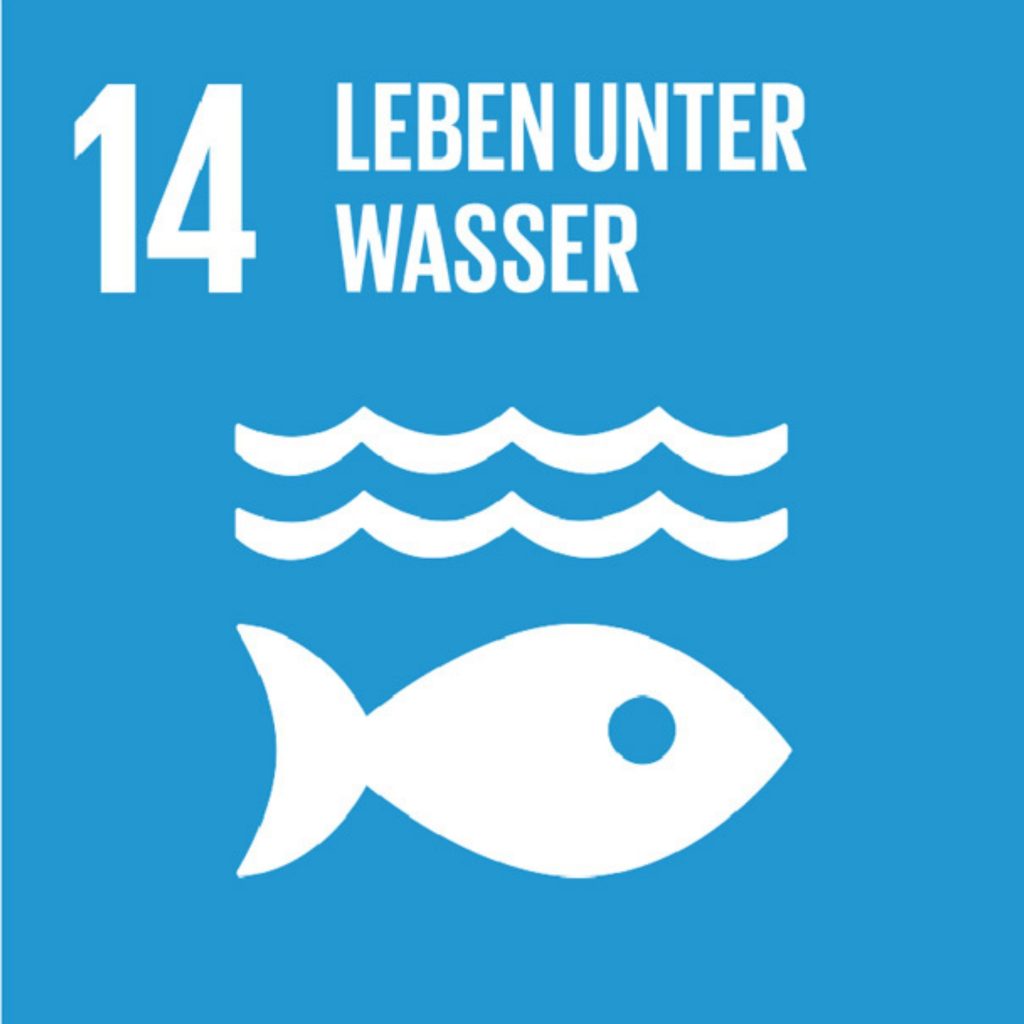
Because if we consume less plastic, there is less plastic waste which pollutes the oceans.
On 26th of february the workshop in Bramberg occured. We invited different people who work with young adults in some kind of way to be part of our workshop and immerging themselves with us into the topics of SDGs, social media and felting.
Activities

We started the workshops with an introduction to the topic and Inge, the second woman of the organizing team, introduced the SDGs and other important aspects concerning sustainability to the participants. Next, we made a quiz where we wanted to present some more facts about the SDGs and get a little insight of what the participants already know about this topic. During these two parts we had some nice discussions with the group. They were really interested in this topic which was great because talking about an issue and get to know different perspectives is really enriching.
The next item on the agenda was introducing the participants to the world of social media. For this, we decided to focus on Instagram-reels because it’s a really popular tool at the moment to present content on social media. Kathi, the third woman of the organising team, started with a few facts about Instagram and then showed the group shortly how a reel can be made directly on Instagram. Subsequently, the group got a bit of time to produce a really short reel just to get to know the social media tool a bit more. This was important because one of the outputs of the workshop should be that every group creates a reel with the content of the workshop.
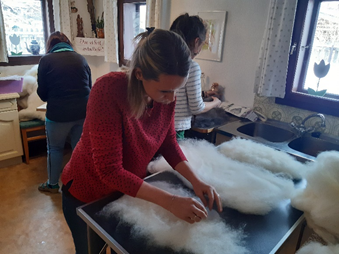
Then, the whole group was split into three groups, and we continued with an introduction into the felting process. Andrea explained the main aspects of felting to the group and why this handcraft is great and sustainable at the same time. Afterwards, the participants started to prepare their wool and succeed in taking their first steps of felting. During that, Inge and two participants prepared a nice lunch for the whole group. This was definitely great for our well-being, however, we also wanted to show how a delicious sustainable meal could be like.
It´s really important to care about which products you use and where you buy it, therefore this was another great opportunity to include the sustainable topic into our workshop. We enjoyed the tasty meal together and continued with talking about interesting topics. After our stomachs were filled, we went back to the felting process and the documentation of the workshop with the smartphones. The whole group worked together to get a nice bottle cover for every participant at the end of the day.
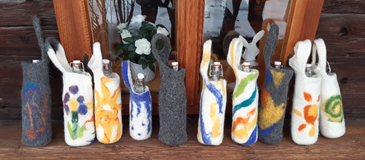
A really nice aspect of this process was that they were together in one room and without any pressure, the topic of sustainability got discussed. It was like there is this frame of SDGs and sustainability and in between is a lot of freedom to just talk with each other and benefit of other perspectives and experiences. Moreover, the teamwork of all participants was just great. We layered, washed, felted and created some really nice bottles together. What is more, the idea of „keepthebottle“ is not limited on this workshop. It was planned that all the participants leave at the end of the day with knowledge and new inputs about the topics felting, SDGs and social media and spread that to the young adults with whom they´re working. They got some prepared packages from us with all the necessary things which are needed to create a felting bottle cover. In this box is also an instruction included which should help to remember all the steps of the felting process. The idea was that they run through this process again with the young adults and during that they create a nice atmosphere for talking about SDGs.
Furthermore, they can document everything and create a nice social media post for showing the world something about this great work. In this way, being creative and fabricating something really useful gets combined with the opportunity of talking about the important topic of sustainability with young adults.
Conclusion
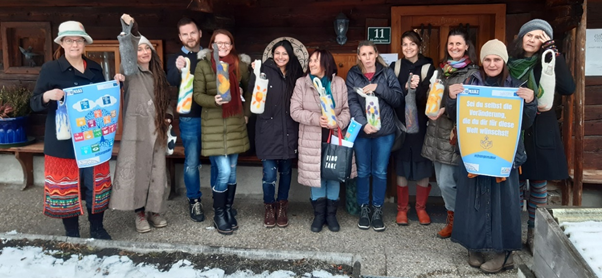
For us, it was such a pleasure meeting all this friendly and interested people. The relaxed atmosphere allowed us to talk about important topics while creating something artificial and enjoying time with nice people. As we all know, sustainability can be a really though topic to discuss also because it´s mentioned everywhere nowadays. The aim of the workshop was raising the awareness of the participants regarding sustainability and SDGs without saying what they have to do. Instead of that, we tried to create discussions which give us new thought-provoking impulses to these topics and allow us subsequently to intensify our thinkings about that. I can imagine we achieved that goal pretty well.
